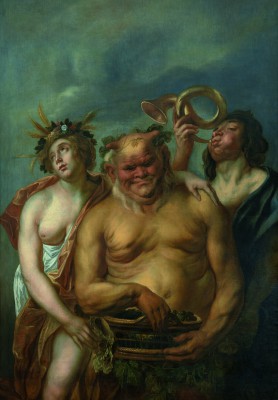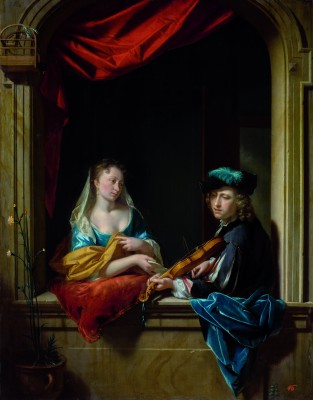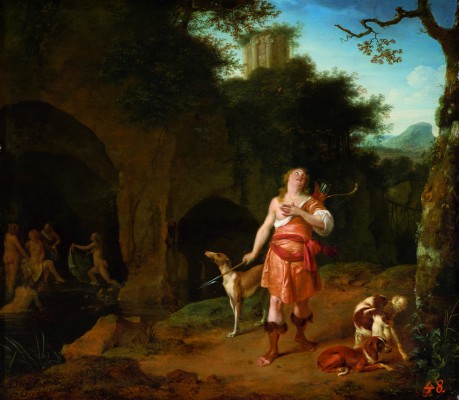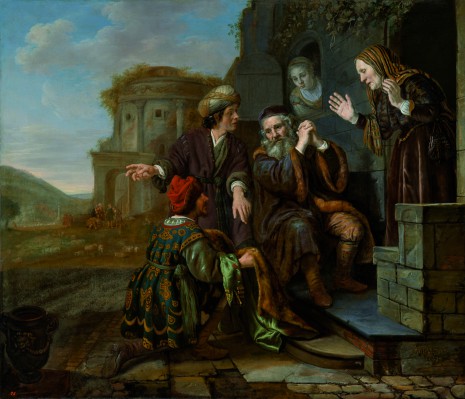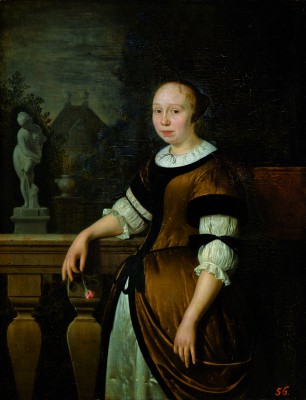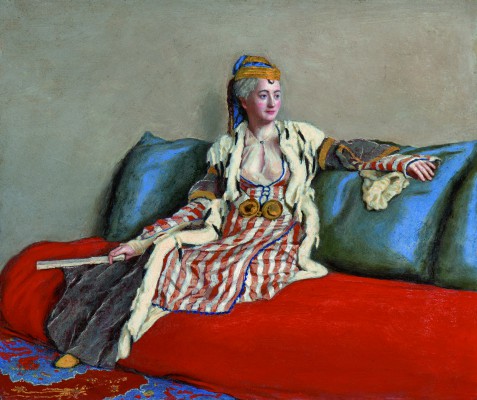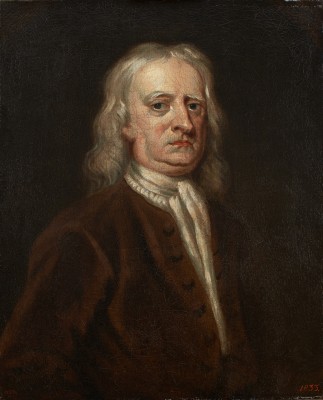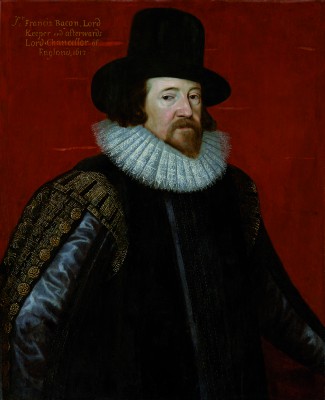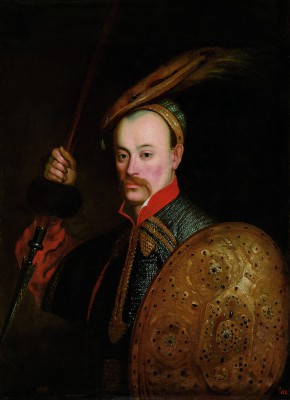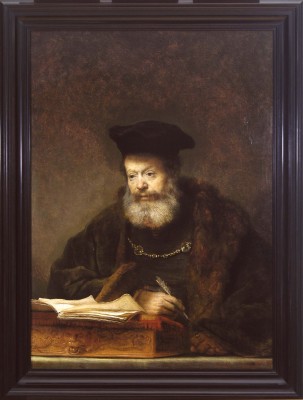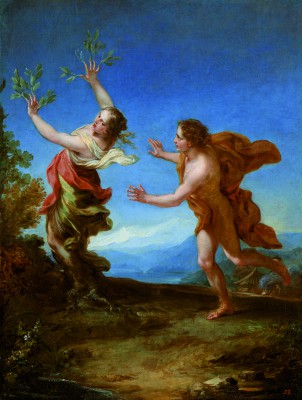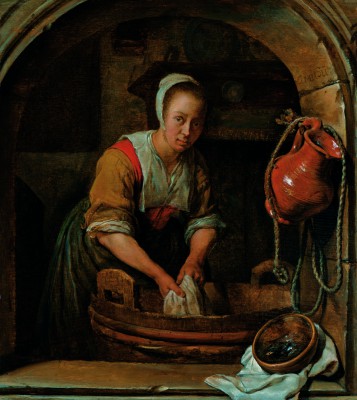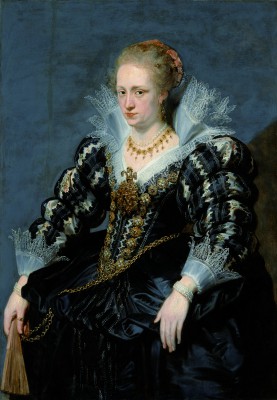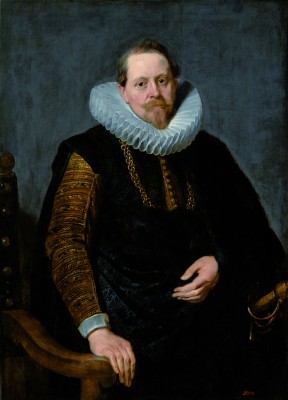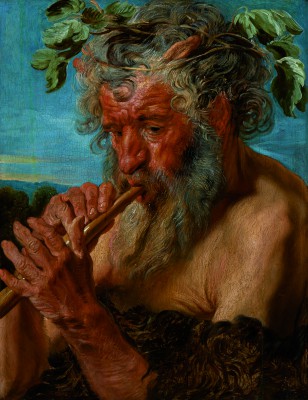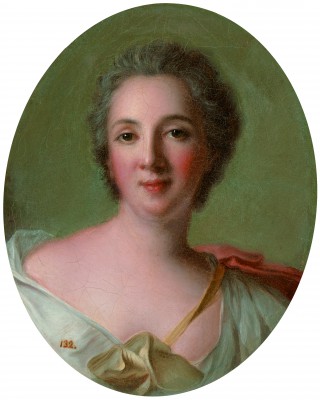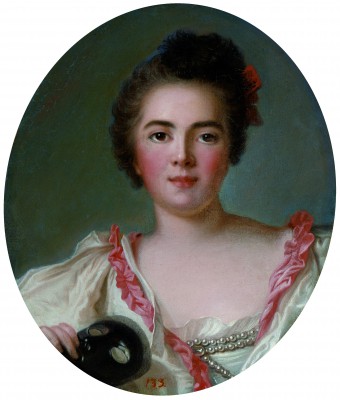
Royal Picture Gallery of Stanisław August

"Stanisław August was attached to the Łazienki more than to any of his artistic creations; also because of his incomparable initiative, artistic taste and work devoted to this place" – Władysław Tatarkiewicz wrote about this residence – the closest one to the King’s heart. Gradually developed and enhanced throughout his reign, at present, Łazienki represents the most complete testimony to his vast knowledge, artistic taste, and services for the development of culture of the Republic in the era of Enlightenment. It is a paradox of history that it was only after the dissolution of the Republic, the abdication of the monarch, and his departure to Grodno in 1795 that the Royal Łazienki gained its final shape.
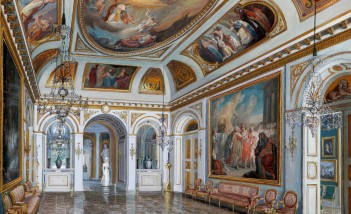
Royal shopping
In contrast to the Royal Castle in Warsaw, which was the property of the King and the Republic, an official state residence and seat of the parliament, the Royal Łazienki was a private estate. The tone of its painted decoration was thus different – much more independent of the requirements of ceremonial and propaganda related purposes.
The ideological programme – intended to show the Polish ruler as an enlightened monarch – manifests in two interiors in the Palace on the Isle: The Salle de Salomon, known at the time as the Company Room (Salle de compagne), and the Rotunda. In the Salle de Salomon, the sequence of five canvases embedded in walls, depicting the history of the biblical king Salomon – a learned man and the builder of the Temple in Jerusalem – was a symbolic reference to Stanisław August – a wise ruler, but first and foremost an erudite and patron of fine arts, while in the Rotunda, the ideological programme is exhibited by the sequence of four allegorical tondi depicting the universal royal virtues of wisdom, courage, justice, and clemency. The paintings were painted by Marcello Bacciarelli, who also painted 12 oval portraits of Stanisław August’s family members for the display in the Bedchamber (later transformed into the Dining Room).
The remaining rooms in the Palace on the Isle contained paintings which were bought by the King with the intention of assembling a collection of paintings. Owning such a collection was an important – and possibly even obligatory – means of building prestige and gaining a high standing by a ruler in Europe of the time. Stanisław August did not inherit any art collections from his predecessors. Since the Polish monarchy was not founded on a hereditary order of succession, collections gathered by consecutive rulers were largely treated as their family property and were not inherited by unrelated successors to the throne. The most significant works of art amassed in Warsaw by two previous Polish kings, who came from Saxony – August II and his son, August III, were taken to Dresden.
As a result, Stanisław August needed to create an entirely new collection of paintings, which would meet his ambitions. According to the customs of the time, a collection of paintings should represent the most important currents of painting art of various eras, and include famous works of masters – if not originals, then at least their copies. The programme of building a collection of paintings which would follow the most up-to-date trends of European collection-making was presented to the King in writing by Marcello Bacciarelli.

Palace on the Isle – a Museum Villa
Stanisław August transformed the Palace on the Isle into a museum villa to display the most precious paintings from his collection, which – according to the inventory from 1795 – contained 2,289 works of the most important artists and represented the leading European currents of the 17th and 18th century. Works by Dutch artists were the most numerous and among their most valuable paintings are ones by Rembrandt van Rijn. Girl in a Picture Frame and Scholar at His Writing Table, bought from the King’s heirs in 1815 to be included in the collection of the Lanckoroński family are currently displayed in the Royal Castle in Warsaw, owing to the donation made by Karolina Lanckorońska in 1994.
The Royal Collection of Paintings – displayed today in the Palace on the Isle – comprises 140 works arranged according to the 18th century rules. Among the most valuable paintings are: Portrait of Sir Charles Hanbury Williams – English ambassador to Russia and the King’s friend, by Anton R. Mengs, Satyr Playing His Pipe by Jacob Jordaens the Elder, Esau and Jacob by Jan Victors and Portrait of Princess Giuliana Pubblicola Santacroce by Angelica Kauffmann.

1793 - King’s concept of the first modern public museum
For Stanisław August, art was not just an aesthetic decoration of his residence. Paintings, sculptures, and architecture were part of the programme which encompassed political, social, and economic matters, and whose goal was to repair the Republic and foster national identity. Fine arts were a means of “shaping the nation’s spiritual culture”, and thus they should contribute to the nation’s revival.
Paintings, sculptures, prints – combined with architecture – formed a complete object of art, which, in virtue of the King’s concept conceived in 1792, was to become the first modern public museum.

Subsequent fate of the Collection
The paintings, whose arrangement in respective rooms of the Palace has been studied on the basis of the inventory from 1795, most likely hanged there in such arrangement in the years 1793-1795. However, in the late 1795, on the demand of the King, who stayed in Grodno following his abdication, Bacciarelli needed to change their layout: he took off and packed into chests a number of paintings, which the King wanted to take to Grodno, and later to Rome, where he planned to settle.
After World War II broke out, paintings from the Royal Łazienki were moved to the storage rooms of the National Museum in Warsaw. A large part of the collection was taken by the German occupiers in 1940. The vast majority of paintings were recovered in 1945 and 1946 and found their way to the National Museum in Warsaw. The Palace on the Isle, which burned down during the Warsaw Uprising in 1944, was not rebuilt until the 1960s. Today the national collection has been divided into two sub-collections, which are displayed in two museums: The National Museum in Warsaw and the Royal Łazienki Museum in Warsaw.
Dorota Juszczak
Royal Castle in Warsaw

